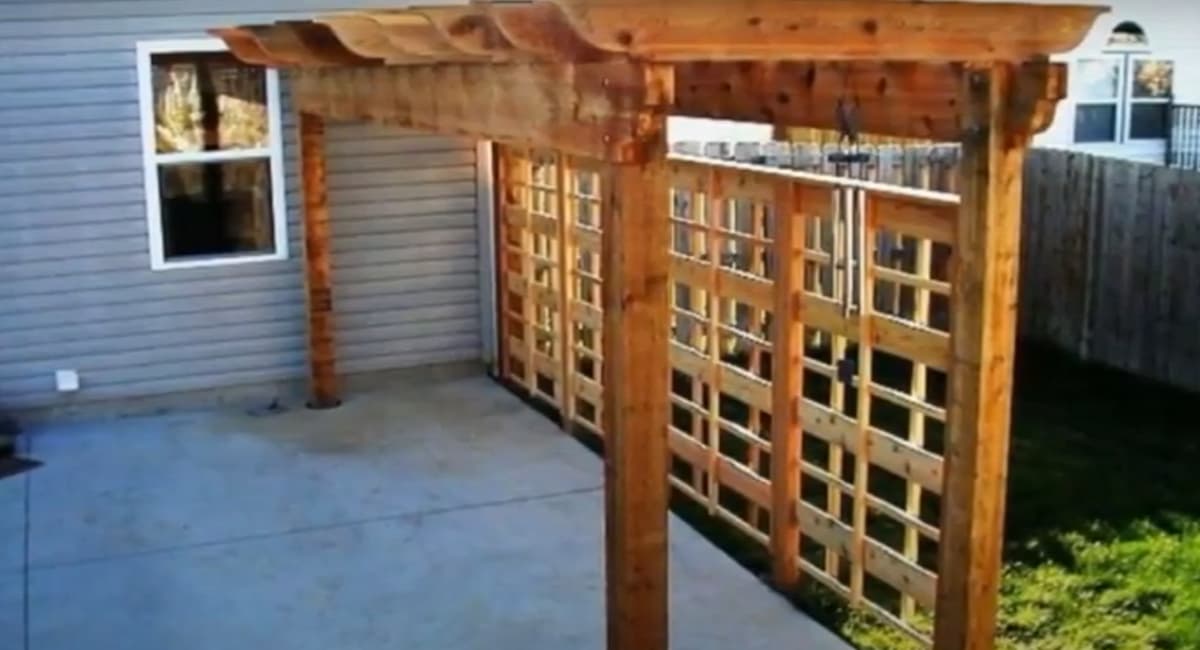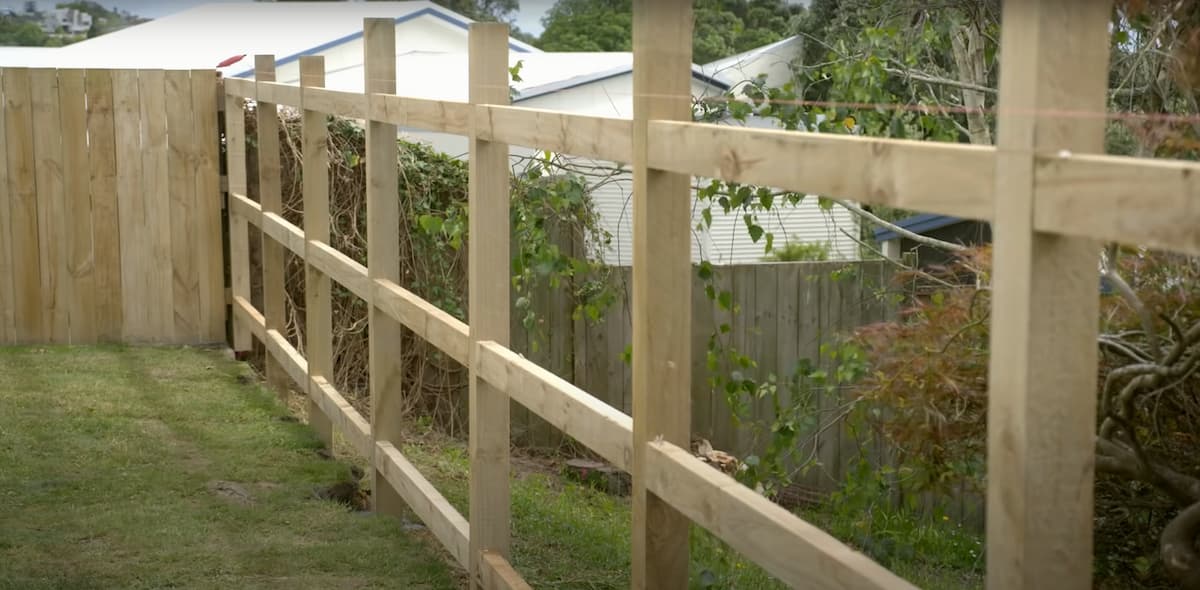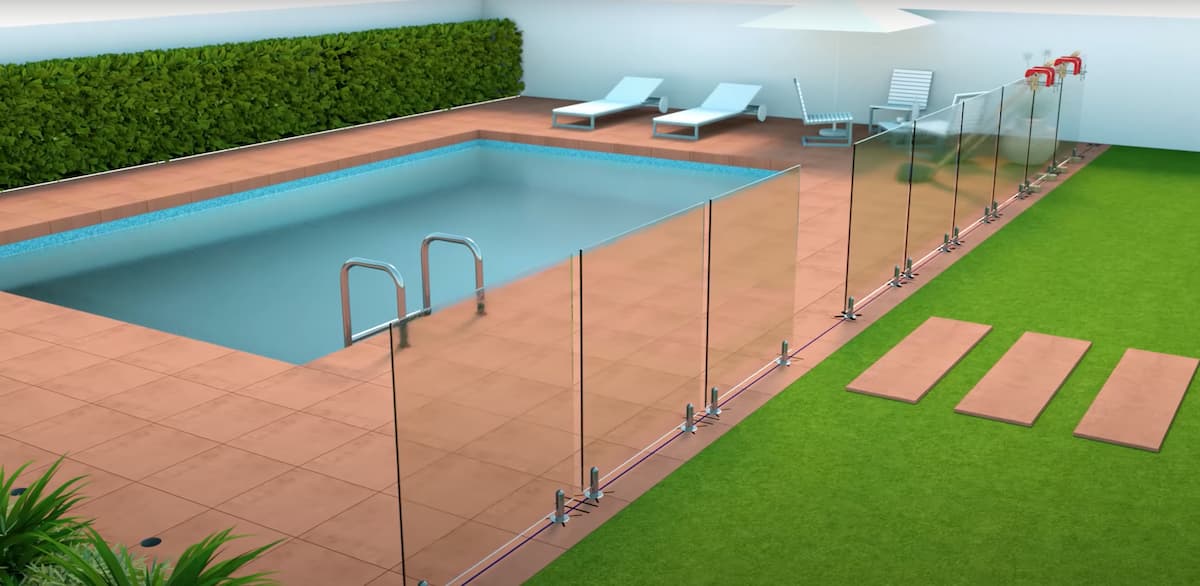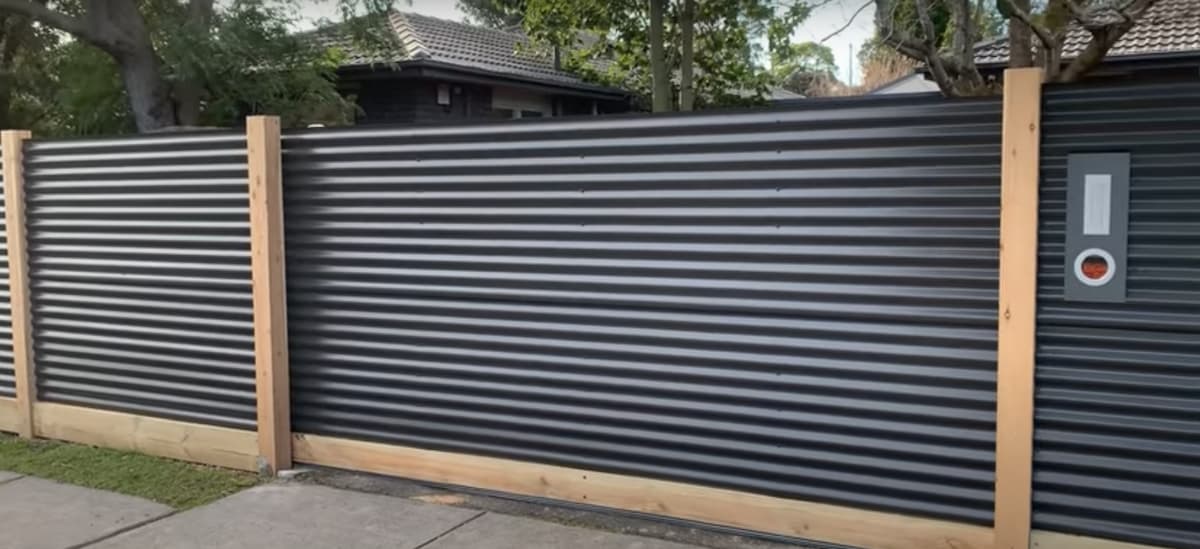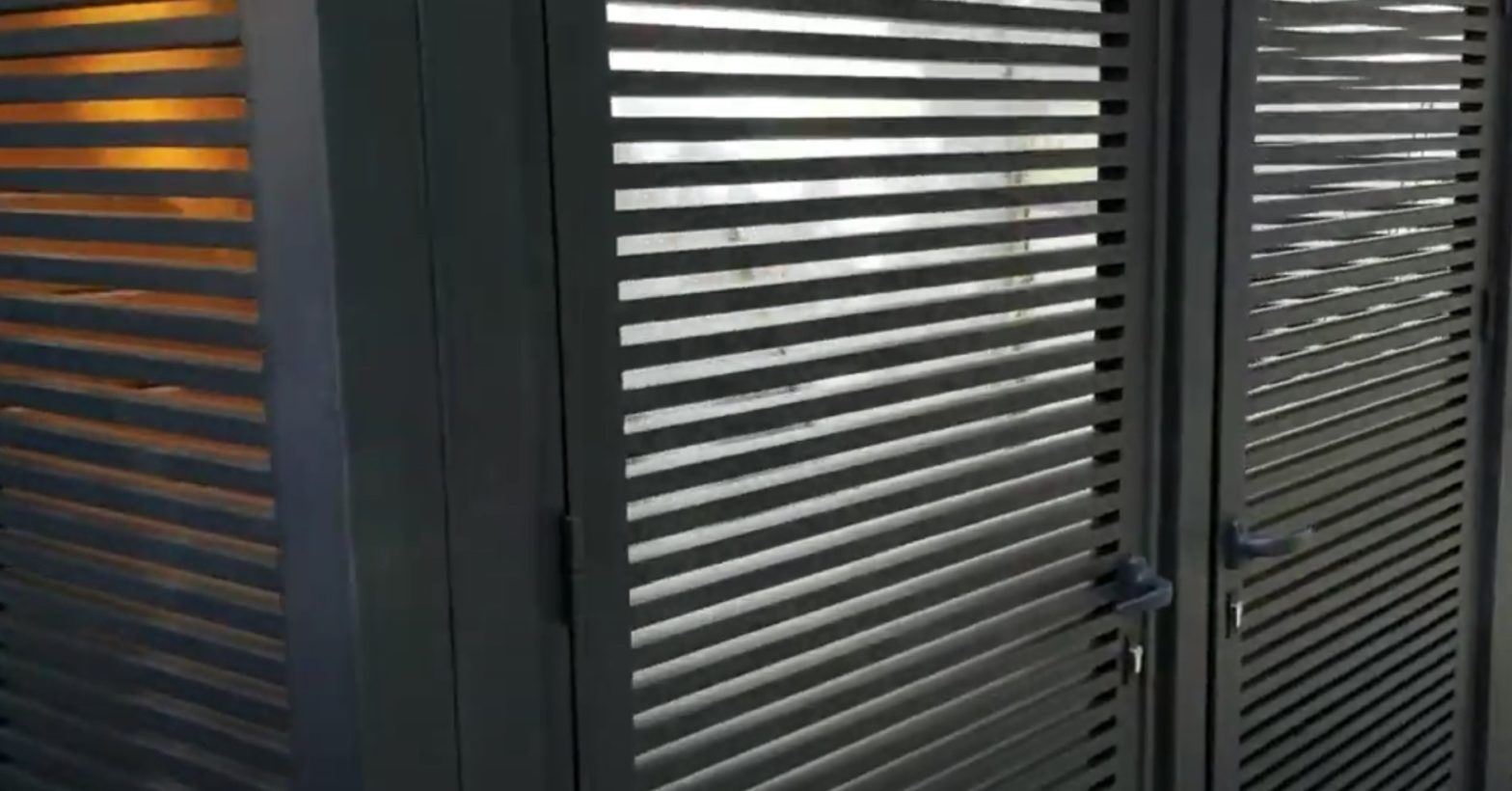
What are aluminium fences | Costs | Price per metre | Differences | Advantages | Disadvantages | Installation
Like any other major investment, choosing what kind of fence to raise around your home or workplace requires a lot of research as well as time and effort.
Aluminium fences seem to have become a more popular choice in Australia in recent years due to their aesthetic look, tenacity, and affordable pricing.
Aluminium fences are also easy to install and suitable for both commercial and residential use which has helped skyrocket their popularity in Australia.
What are aluminium fences?
Aluminium fences are protective fences, primarily constructed out of aluminium. They have become increasingly popular in recent years due to the availability and affordability of aluminium and are now widely being used in both commercial and residential environments.
Despite aluminium fences being considered upscale commodities in the current day, the use of aluminium for fencing purposes dates back as far as the 12th century.
The smelting methods and process of making aluminium fences have constantly evolved since then, improving the quality of the fences and helping them maintain their value to this day.
The development of the smelting process and aluminium material over the years now means aluminium fences come in a wide range of shapes and sizes.
How Much do Aluminium Fences Cost in Australia?
The exact cost of raising an aluminium fence around your home or place of work in Australia is dependent on a few factors like the height of the fence, style or design, and type of soil. Factors like trees and slopes which could affect installation will also increase labour costs.
However, the national average to install an aluminium fence is $3,737 with both fencing and labour costs included. Final costs can range from $2,000 for small residential fences to $5,500 for bigger homes or places of work. High-end fencing jobs in upscale neighbourhoods or large houses could cost homeowners up to $8,000.
Aluminium Fence Pricing Per Metre
The cost of a metre of aluminium fencing varies depending on the nature of the job. Rates can range from as low as $75 per metre to as high as $85 per metre for a standard aluminium fence. A rendered brick and aluminium fence however can cost a homeowner as much as $750 – $1200 per linear metre.
Difference between aluminium fencing and timber fencing
Homeowners are often faced with the dilemma of what type of material to use for their fencing considering there’s a wide variety of finishing options on the market.
If you have your heart set on either an aluminium or timber fence but can’t decide on which one to settle on, here are a few differences between the two:
One of the primary differences between timber and aluminium is aesthetics. Generally speaking, timber fences tend to have a visual appeal and they blend properly with traditional residential settings like the classic “white picket fence” lots of homeowners admire. Aluminium is more suitable with modern architecture and may not look as visually appealing as timber.
Another difference between the two is their durability and resistance to nature and its effects. Timber fences are susceptible to fire, heavy winds, rain, and termites and they eventually crumble or deteriorate if they aren’t constantly maintained and repaired. Aluminium on the other hand is resistant to these elements and requires little to no weather-related maintenance.
The final significant difference between timber and aluminium fences is their cost. A major benefit of having timber fencing is that they are relatively cheap to buy and install and aluminium fences tend to cost a lot more upfront. However, timber fences are much more fragile and will cost a lot in maintenance and repairs which add up over time. Aluminium fences though require little to no extra cost once the initial investment is made.
Advantages of Aluminium Fencing
Cost: While Aluminium is still relatively expensive to install in comparison to timber and wood, aluminium is a budget-friendly option compared to materials with similar level durability. Timber may prove cheaper, but if you’re in search of durable steel or iron fences, then aluminium is a money-optimizing alternative.
Weather resistance: As far as resistance to nature goes, aluminium is top dog among fencing materials. Wood or timber will rot and decay due to rain and termites and iron fences will rust and bend due to corrosion and rain if not constantly maintained. Aluminium however is resistant to all these and is the best fencing option for areas with lots of rainfall.
Environmentally friendly: A majority of aluminium products are made from recycled aluminium so it is the best material to use for your fences if you’re concerned about the impact your home has on the environment. Also, if you ever choose to replace your fences the aluminium removed from your home will be recycled again, making them a very eco-friendly option.
Security: While not as sturdy as steel fences, Australian-sourced aluminium fences still do a decent job in terms of their ability to keep your enclosure safe from outsiders. Aluminium fences are not as easy as timber and wood to breach and are a perfect option for a home or workspace in need of a modest amount of security.
Easy to install and maintain: Aluminium fences are far more likely to fit in with any land or soil type than other fencing materials. They are very malleable and lightweight making them easy to transport and install. Once installed, aluminium fences also require very little attention and upkeep compared to timber and steel. They don’t rust or break and a little hosing down once in a while is all that’s required to keep it looking clean and brand new.
Disadvantages of Aluminium Fencing
Security and privacy: While the security aluminium fences offer can be seen as an advantage when compared to wood and timber fences, it can also be seen as a disadvantage when compared to steel and wrought iron. If you are in search of a fence to provide sturdy security and privacy from the outside world, then aluminium, like mesh fencing, is not your best option. Due to their malleability, aluminium fences are more susceptible to intruders than iron fences.
How long does it take to install an aluminium fence?
Aluminium fences are usually easier to install than iron fences and timber fences because unlike these other materials, they can fit in perfectly with almost any kind of soil or surface due to their malleability.
If done by a professional fencing contractor, your fence could be installed in two to three days depending on the height of the fence and the size of the house that needs to be fenced.


